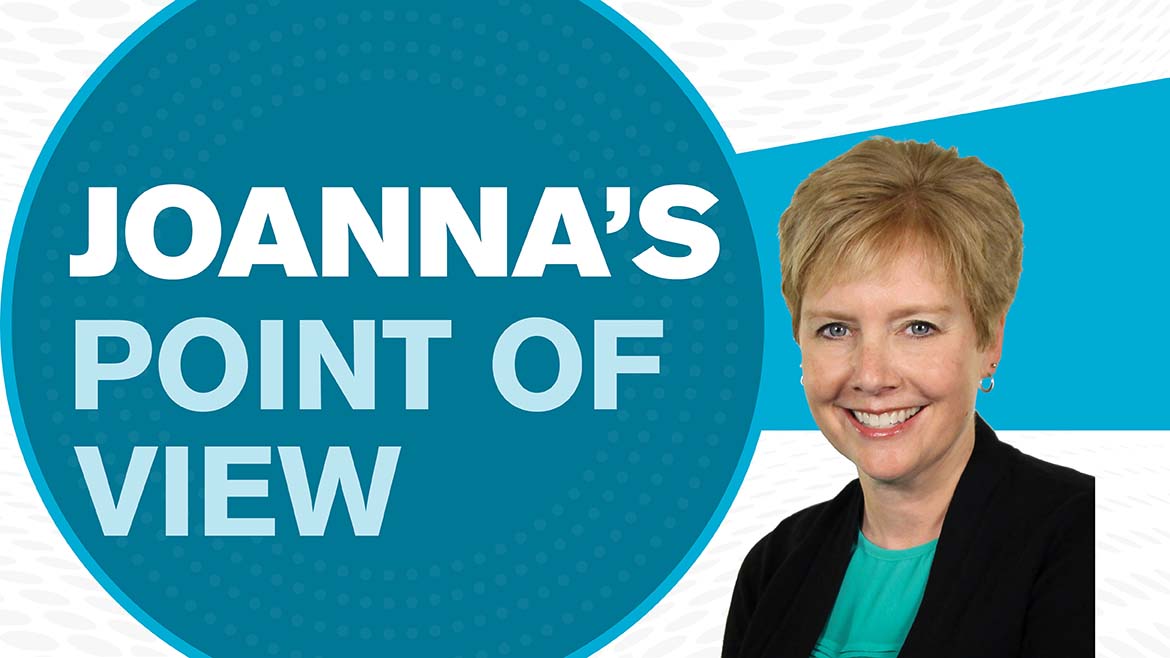Happy New Year! And welcome to the second stage of the HFC phasedown as mandated by the AIM Act. As of January 1, 2024, the production of high-GWP HFC refrigerants, such as R-410A, R-134a, and R-404A, has been reduced by an additional 30% of the baseline, which is on top of the 10% cut that took effect on January 1, 2022. The previous cut did not have a significant impact on the HVACR industry, but the 40% total cut this year is likely going to hurt. Indeed, experts predict that this large cut could lead to shortages and significant price increases of popular refrigerants, such as R-410A.
One of the reasons why this is going to be painful is that the baseline was calculated by, among other things, using the average annual quantity of HFCs produced and consumed in the U.S. from 2011 to 2013. Since then, HFC usage has only increased, thanks to the record number of air conditioners and heat pumps that consumers purchased over the last few years. While this trend has been beneficial for the HVACR industry, demand needs to decrease in order to reduce the risk of potential refrigerant shortages.
That’s easier said than done, because most of the equipment incorporating low-GWP refrigerants like R-32 and R-454B won't hit the market until later in 2024. Consequently, manufacturers will need to continue producing R-410A equipment, which will further reduce the amount of refrigerant available to service existing systems. Many of the new systems installed in 2024 will also need R-410A at some point over their 12- to 15-year lifespan, when virgin refrigerant becomes harder to find.
That’s where reclaimed refrigerant comes into play. As supplies of virgin refrigerant dwindle, Environmental Protection Agency (EPA) is counting on the availability of reclaimed refrigerant to service existing equipment in future years. However, the quantity of refrigerants being recovered is not sufficient to meet demand. The good news is that according to EPA, there was an increase of more than 40% in the total volume of HFCs reclaimed in 2022 compared to 2021. The bad news is that this is likely still not enough to meet current and future demand. That’s why it is imperative for contractors and technicians to recover and reclaim every ounce of refrigerant that they possibly can on each and every job.
Training is also going to figure prominently this year, as technicians will need to learn how to install and service the new mildly flammable (A2L) refrigerants, such as R-32 and R-454B, that will be replacing R-410A in air conditioners and heat pumps. This should not be too difficult, as most of the best practices used to service and install R-410A systems also apply to A2L equipment. A few new, spark-proof tools may also be necessary to work on the new systems (e.g., recovery machines, vacuum pumps), but most of the non-electric tools in a tech’s bag should work on A2L systems as well.
Another big issue the industry is facing this year involves EPA’s final rule on technology transitions, which was published in October 2023. That rule sets a maximum GWP limit on the HFCs or HFC blends that can be used, and for residential and light commercial air conditioning and heat pump systems, that limit is 700 GWP. Initially, the final rule contained no sell-through period for complete, new, split-system air conditioners and heat pumps, which EPA stated must be installed no later than January 1, 2025. However, self-contained products, such as packaged units, rooftops, PTACs, etc., could be manufactured and/or imported before January 1, 2025 and sold for three years after that date.
After facing much backlash from the HVACR industry, EPA in late December offered a narrowly amended provision that now allows one additional year, until January 1, 2026, “solely for the installation of new residential and light commercial air conditioning and heat pump systems using components manufactured or imported prior to January 1, 2025.” The Agency believes this provision will help alleviate worries about stranded inventory, especially in new residential construction projects.
While the HVACR community is applauding the revised sell-through provision by the EPA, industry experts say that it's important not to perceive it as an extension to market R-410A equipment. That’s because manufacturers are actively preparing to shift to low-GWP alternatives this year, and they will be reluctant to prolong the supply of R-410A equipment.
All of this should make for a very interesting year ahead.

